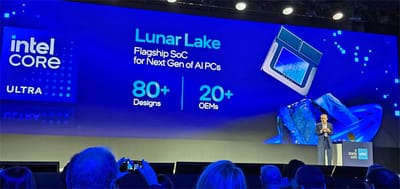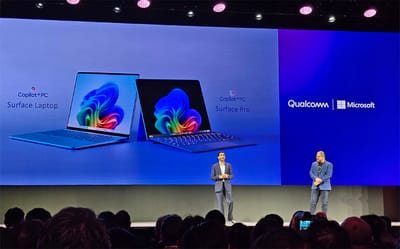
Poor Timing Will Handcuff Windows 8.1

It is going to be very difficult for Microsoft to succeed with Windows 8.1, and that has little to do with whether the official build will include a Start button or boot-to-desktop option. Rather, it’s because Microsoft picked a terrible time to release the upcoming follow-on to Windows 8.
When it comes to weaving the saga of Windows 8.1, the media has pretty well vetted three of the Five W’s. Most of the analysis goes like this: Microsoft (Who) must improve on Windows 8 by doing X (What) to bring more computer users into the Modern UI era (Why). The other two W’s, though, have been largely ignored. One of them, Where, isn’t really relevant to the story. But it’s curious that the question of When has barely been touched, because it’s tremendously important to the prospects for Windows 8.1 success.
Microsoft hasn’t come out and said when Windows 8.1, code-named Windows Blue, will be commercially available, although Digitimes is reporting that the official release will come in late October. Judging from the state of development activity, the timing sounds about right. This much is certain: Windows 8.1 will not be available in the next six weeks, as it needs to be to make it into the first batch of next-generation PCs.
Those cool new systems are being released in June and early July for a reason: to intercept the critical back-to-school selling season. An October launch for Windows 8.1 means that back-to-school PCs will be saddled with a lame-duck version of Windows. (I’ve written before about how important it is for the PC OEMs to update in lockstep their entire product: hardware, OS, and aesthetics.) That means we’ll see fewer PC sales than we would if PC makers were able to pair their latest hardware with the latest operating system.
Targeting the holiday season with a new version of Windows used to make perfect sense because retail copies sell better, and there was little to lose by shortchanging back-to-school systems. Not so anymore. Times have changed.
Read the entire column HERE.
No spam, no sharing to third party. Only you and me.






